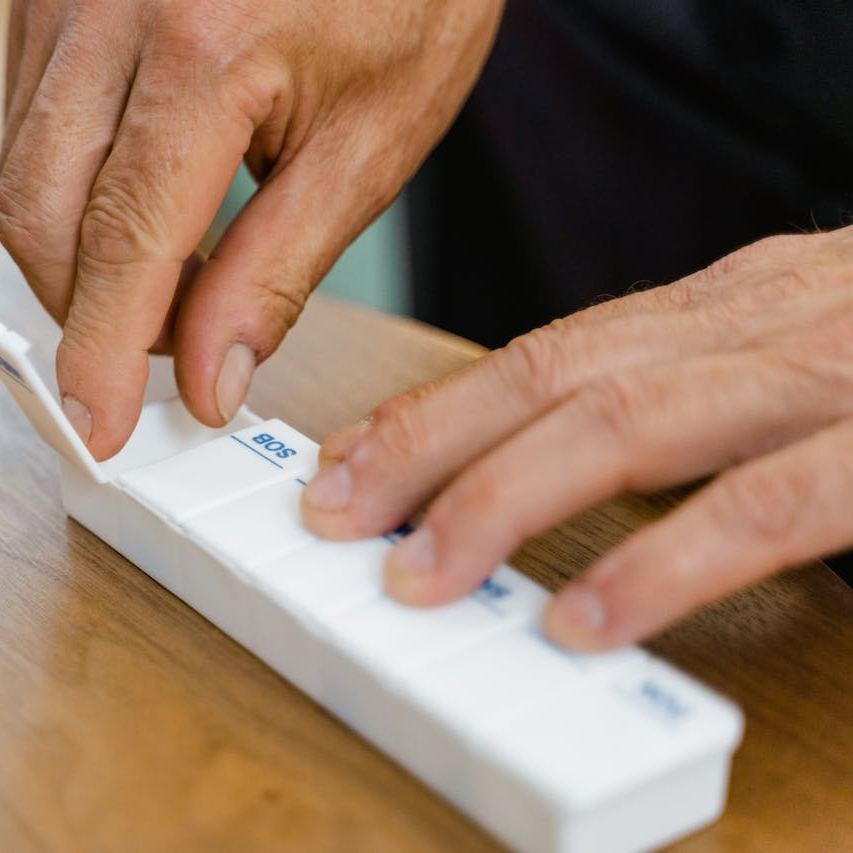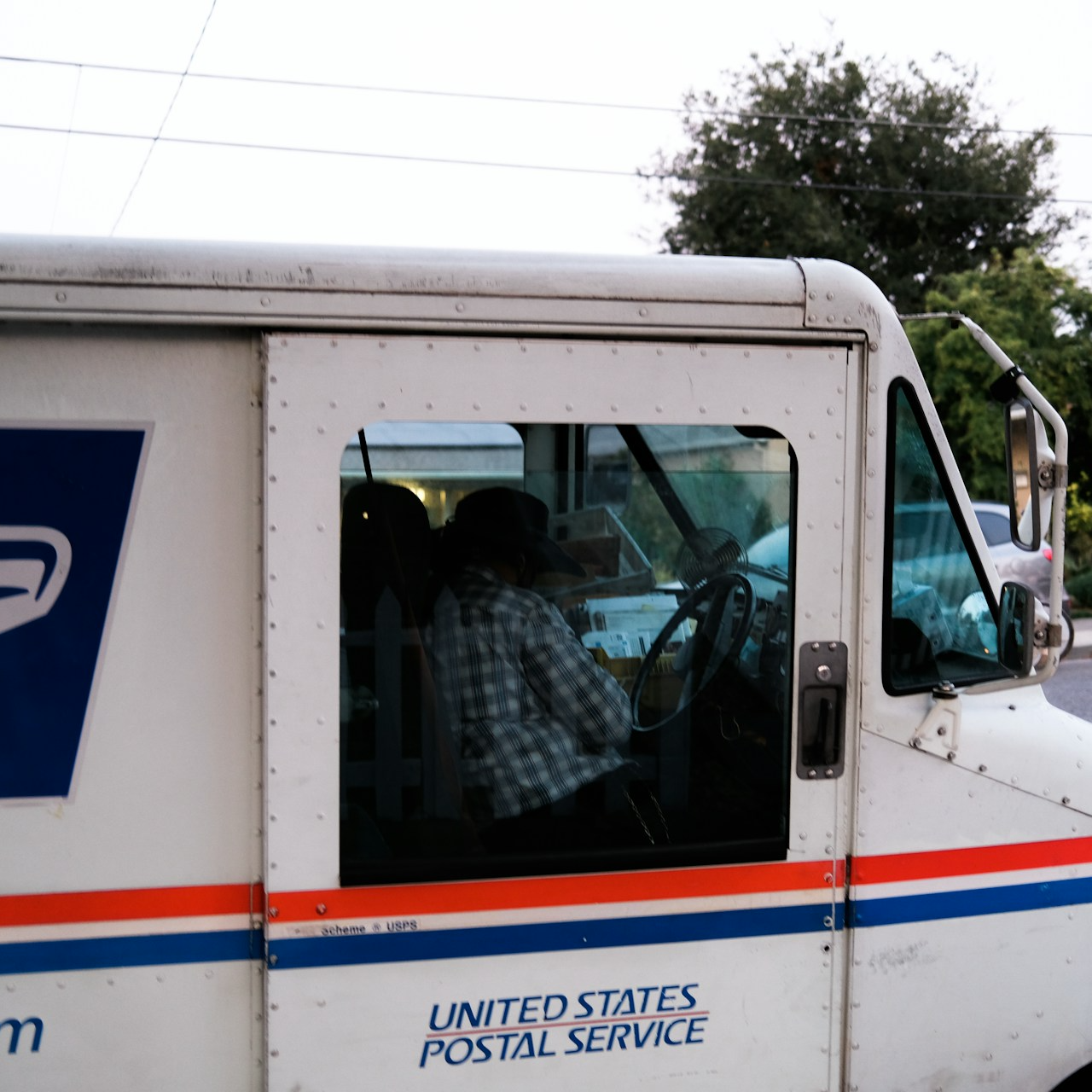Key Takeaways:
-
The new Postal Service Health Benefits (PSHB) program, effective in January 2025, will require significant changes for retired postal employees and those retiring soon, impacting their health coverage options.
-
The PSHB program mandates enrollment in Medicare Part B for eligible retirees, creating a shift in how health coverage is managed for postal employees.
Retired or Retiring Soon? Here’s How the New PSHB Will Impact Your Health Coverage
As a postal employee, whether you’re already retired or nearing retirement, understanding the impending changes to your health coverage is crucial. The implementation of the Postal Service Health Benefits (PSHB) program, starting in January 2025, represents a significant shift in how health benefits will be administered for postal workers. This article breaks down what you need to know about the PSHB, how it might affect your current or future health coverage, and what steps you can take to prepare for these changes.
Understanding the PSHB: What It Is and Why It Matters
The PSHB program was established under the Postal Service Reform Act of 2022. This new program is designed specifically for postal employees and retirees, replacing their current coverage under the Federal Employees Health Benefits (FEHB) program. The shift to PSHB is part of a broader effort to stabilize the financial status of the U.S. Postal Service by aligning its health benefits more closely with Medicare.
One of the most critical aspects of the PSHB is the mandatory enrollment in Medicare Part B for eligible postal retirees. This requirement is designed to integrate more fully with Medicare, thereby reducing the Postal Service’s share of retiree health costs. It’s a significant change, particularly for those who have been used to the FEHB program, and it will necessitate adjustments in how retirees manage their health care needs.
Key Dates and Milestones to Watch
As January 2025 approaches, it’s important to stay aware of several key dates:
-
April 2024: Enrollment information for the new PSHB plans is expected to be released. This will include details on how the plans will differ from the current FEHB offerings, including any changes in coverage and cost.
-
October 2024: Open Season begins, allowing postal employees and retirees to choose their new PSHB plan. This period will be crucial for evaluating your options and making an informed decision.
-
January 2025: The PSHB program officially begins. At this point, all eligible retirees must be enrolled in a PSHB plan, and those eligible for Medicare must also be enrolled in Medicare Part B.
Understanding these milestones will help you prepare and make informed decisions about your health coverage during this transition.
How Will the PSHB Affect Your Health Coverage?
For many postal retirees, the most immediate and significant change will be the requirement to enroll in Medicare Part B. Under the FEHB, retirees had the option to enroll in Medicare Part B but were not required to do so. With the PSHB, this enrollment becomes mandatory, significantly altering the way healthcare costs are managed.
Medicare Part B Enrollment: What Does It Mean for You?
Medicare Part B covers outpatient services, including doctor visits, preventive services, and some home health care. While FEHB plans offered comprehensive coverage, combining them with Medicare Part B under the PSHB is expected to lower out-of-pocket costs for retirees by coordinating benefits.
However, there are implications to consider:
-
Premiums: Medicare Part B comes with a monthly premium. Retirees who have not previously enrolled in Part B will need to budget for this new expense.
-
Late Enrollment Penalties: If you are already eligible for Medicare Part B but have not enrolled, you may face late enrollment penalties when transitioning to the PSHB. These penalties can increase your monthly premium by 10% for each 12-month period you were eligible but did not enroll.
-
Coordination of Benefits: For those enrolled in both Medicare and a PSHB plan, Medicare will become the primary payer, and the PSHB plan will provide secondary coverage. This coordination often results in reduced out-of-pocket expenses for retirees.
Evaluating Your PSHB Plan Options
During the open season in October 2024, it will be essential to carefully evaluate the available PSHB plans. These plans will differ in coverage, provider networks, and cost, so it’s crucial to select the one that best fits your health needs and financial situation.
Here are some tips for evaluating your options:
-
Assess Your Healthcare Needs: Consider your current health status and any ongoing medical conditions. Some plans might offer better coverage for specific conditions or have stronger networks of providers in your area.
-
Understand the Costs: While the PSHB is designed to be cost-effective when combined with Medicare Part B, you’ll need to understand the total cost of premiums, deductibles, and other out-of-pocket expenses.
-
Check Provider Networks: Ensure that your preferred doctors and hospitals are in-network under the new PSHB plans. If you have specialists you see regularly, this is particularly important.
-
Consider Prescription Drug Coverage: If you take prescription medications, compare the drug coverage offered by different PSHB plans. Some plans may offer more comprehensive drug coverage or lower out-of-pocket costs for medications.
Planning for the Transition: What Steps Should You Take Now?
To ensure a smooth transition to the PSHB program, it’s important to take proactive steps now:
-
Review Your Medicare Eligibility: If you’re approaching age 65 or are already eligible for Medicare, review your eligibility for Medicare Part B. If you’re not yet enrolled, consider the financial impact of enrolling now versus waiting until the PSHB mandate takes effect.
-
Budget for New Costs: If you haven’t been paying a Medicare Part B premium, start budgeting for this additional expense. Understanding how it will affect your overall retirement income is critical.
-
Stay Informed: Keep an eye out for communications from the Postal Service and the Office of Personnel Management (OPM) about the PSHB transition. Attending webinars, reading newsletters, and staying engaged during open season will help you make informed choices.
-
Consult with a Licensed Insurance Agent: If you’re unsure about which PSHB plan to choose, consider consulting with a licensed insurance agent. They can help you navigate the complexities of the new program and ensure that you select the best plan for your needs.
Impacts on Current Retirees and Those Approaching Retirement
The shift to PSHB represents a significant change for current retirees and those nearing retirement. For current retirees, especially those not enrolled in Medicare Part B, there will be an adjustment period as they navigate new costs and benefits. Those who are about to retire will need to incorporate these changes into their retirement planning.
Financial Considerations for Retirees
Retirees should carefully evaluate how the new PSHB program will impact their finances. The mandatory enrollment in Medicare Part B means that retirees will need to account for an additional premium, which could affect their retirement budget. On the other hand, the integration with Medicare may lower out-of-pocket costs, offering some financial relief.
Preparing for Future Health Needs
As health needs evolve with age, the importance of selecting the right PSHB plan becomes even more critical. Retirees should anticipate potential future health issues and choose a plan that offers comprehensive coverage for their needs. This may include considering plans with robust prescription drug coverage, access to specialists, and preventive care services.
The Long-Term Outlook: How Will PSHB Affect Future Retirees?
For future retirees, the PSHB program sets a new standard for health coverage in retirement. As the program becomes established, it’s likely that adjustments and refinements will be made to better meet the needs of postal retirees. Future retirees should stay informed about these changes and be prepared to adapt their retirement planning accordingly.
The shift to PSHB represents an opportunity for the Postal Service to align more closely with broader federal health programs while offering retirees a robust and comprehensive health coverage option. However, the transition requires careful planning and an understanding of the new requirements and benefits.
Looking Ahead: What’s Next for Postal Retirees?
As the implementation date for the PSHB program draws closer, postal retirees and those nearing retirement should stay engaged and proactive. Understanding how these changes will affect your health coverage is critical to ensuring a smooth transition and maintaining your health and financial well-being in retirement.
Staying informed, evaluating your options carefully, and planning for the new costs and benefits will help you navigate this significant change successfully.
Contact Information:
Email: [email protected]
Phone: 2605555678











